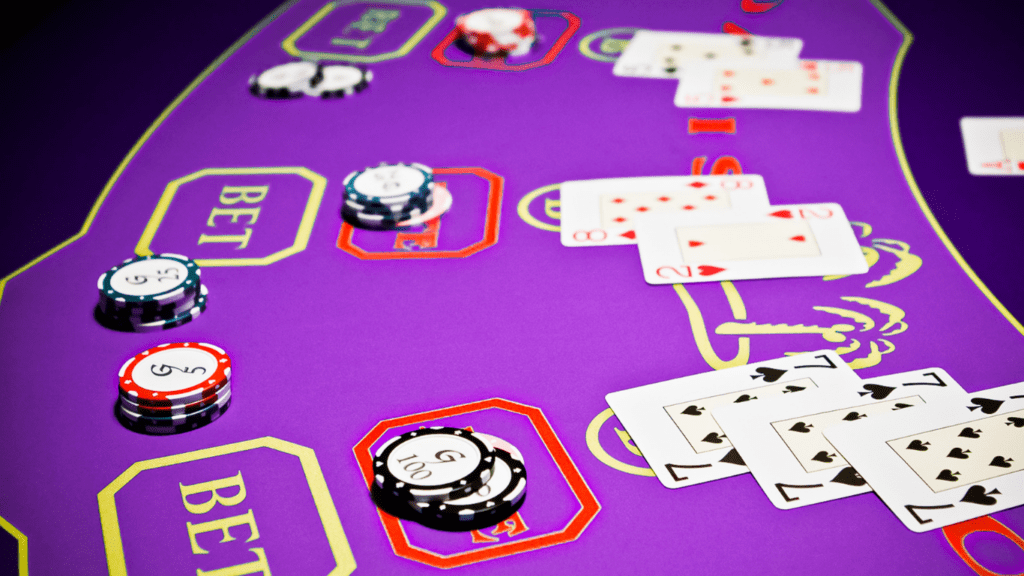Understanding Underdog Bets
Underdog bets involve placing wagers on outcomes deemed less likely to occur. Sportsbooks and betting markets often designate underdogs based on various criteria, including team performance, player statistics, and historical data. Understanding why and how these bets are classified helps bettors make strategic decisions.
Informed decisions stem from knowing the implied probabilities and odds tied to underdogs. Quarterback injuries, team morale, and recent performance all influence these odds. For instance, if a favored team loses a key player, the underdog’s probability of winning might rise, making the bet more attractive.
Underdog bets can benefit from emotional biases present in the market. People often overvalue favorites and undervalue underdogs due to psychological factors like loss aversion—where fear of losing outweighs the enjoyment of winning. Recognizing these biases in others can create opportunities for more informed betting strategies.
Behavioral economics also plays a role. Bettors sometimes fall prey to the gambler’s fallacy, believing that a particular outcome is “due” to occur after a series of other outcomes. Understanding these misconceptions can aid in focusing on actual probabilities rather than perceived patterns.
Statistics show that underdogs occasionally outperform expectations. For example, historical game data may reveal instances where underdogs won more frequently than expected, providing a statistical basis for such bets. These instances highlight the importance of thorough research when considering underdog bets.
Using data, bettors can identify value opportunities. Tools like predictive modeling and machine learning analyze vast datasets to uncover trends not immediately obvious to human analysis. These technologies assist in identifying when an underdog bet is likely to yield a positive return based on statistical evidence.
Embarking on underdog bets involves a mix of psychology, statistical analysis, and keen market observation. By understanding the underlying principles, bettors can better navigate the complexities of underdog betting scenarios.
Psychological Factors

Underdog bets often succeed due to psychological principles that affect decision-making and perceptions.
Risk Perception
Risk perception influences betting behavior significantly. People often misjudge probabilities based on emotions rather than data. In underdog betting, a perceived high risk may deter others, creating value opportunities. Bettors influenced by their fear of losses may miss out on favorable odds for underdogs. Understanding how perceived risk biases decisions allows for more informed and potentially profitable bets.
Confirmation Bias
Confirmation bias can distort how we interpret betting data. Bettors seek information that confirms preexisting beliefs about underdog outcomes. This bias can lead to overconfidence in favorite teams and underestimation of underdogs. Recognizing and countering this bias is key to objective betting. By actively seeking out disconfirming evidence, you can make more balanced and accurate betting decisions, increasing the chances of success.
Statistical Analysis
Understanding the science behind successful underdog bets requires a deep dive into statistical analysis. I’ll explore how historical data and probability models help in crafting strategic bets.
Historical Data
Analyzing historical data reveals patterns in underdog wins. By examining past performances of underdogs (e.g., last five seasons of the NFL), I can identify trends that bookmakers might overlook. Statistics like win-loss ratios, point differentials, and player performance metrics allow me to evaluate the likelihood of an underdog victory. For instance, underdogs playing at home might have better odds of winning due to home-field advantage. This data-driven approach minimizes reliance on subjective assessments.
Probability Models
Probability models allow for a structured approach to predict outcomes. I use tools like Poisson distribution and logistic regression to determine the chances of an underdog’s success. In sports betting, these models evaluate variables such as team strength, recent performance, and situational factors (e.g., weather conditions). For example, using logistic regression, I can calculate the probability of an underdog winning based on variables like average points scored and allowed. This statistical rigor helps in identifying bets with favorable odds, thus enhancing the potential for success in underdog betting.
Market Inefficiencies
Market inefficiencies create opportunities in underdog betting. Identifying and exploiting these can increase success rates.
Spotting Opportunities
I identify opportunities by analyzing disparities between bookmakers’ odds and my statistical assessments. Oddsmakers often incorporate bias or constraints, leading to mispriced bets. By using data-driven models, I uncover value in odds that don’t align with actual probabilities. Factors like recent injuries or historical performance changes offer insights.
Exploiting Mispricing
When mispricing is evident, I act swiftly to place bets before odds adjust. Betting on underdogs when the public underestimates their chances exploits market overreactions. Using techniques like value betting, I regularly monitor changes in odds and validate with current data to ensure decisions remain advantageous. This strategic approach leverages mispricing to capitalize on market inefficiencies.
Case Studies
Analyzing real-world examples of successful underdog bets can offer valuable insights into effective strategies. Below, I examine some memorable underdog wins and the lessons learned.
Memorable Underdog Wins
- Leicester City, 2015-16 Premier League: Leicester City defied 5000-1 odds to win the Premier League. Key factors included consistent performance, strategic management, and underestimation by bookmakers.
- Rafael Nadal, 2022 Australian Open Final: Nadal, facing 2-0 set deficit against Daniil Medvedev, showcased mental resilience and tactical adjustment to win. This example highlights the impact of player psychology and in-game adjustments.
- Buster Douglas vs. Mike Tyson, 1990: Douglas, a 42-1 underdog, defeated Tyson in a shocking upset. Contributing factors included Tyson’s lack of preparation and Douglas’s strategic execution.
- In-depth Analysis: Thoroughly analyze team or player performance patterns. Leicester’s consistency and Nadal’s resilience are prime examples.
- Identifying Overlooked Factors: Look for overlooked factors like player injuries or tactical changes. Buster Douglas’s win emphasizes the importance of preparation and strategic execution.
- Timing & Swift Action: Act swiftly on market inefficiencies. Use data-driven models to recognize and exploit mispriced bets, as demonstrated by successful underdog bets mentioned.
Expert Strategies
Successful underdog bets often hinge on applying advanced strategies grounded in data and analysis. I’ll discuss essential strategies that can significantly improve your underdog betting outcomes.
Bankroll Management
Effective bankroll management is critical for sustainability in betting. I set a budget dedicated solely to betting activities, ensuring I never mix it with essential finances. By assigning a fixed percentage of my bankroll to each bet, I control my exposure to risk. For instance, I might allocate 2% or 3% per bet. This approach minimizes the impact of losses and allows for longer-term engagement. Avoiding high-stakes wagers on single events ensures more balanced and less volatile betting performance.
Timing and Patience
Timing plays a pivotal role in capitalizing on underdog bets. I analyze market movements to identify optimal entry points. Increasing odds for an underdog might indicate a favorable betting moment. I stay patient, waiting for the right opportunities rather than making impulsive bets. Monitoring pre-game news, player conditions, and other influential factors allows me to make more strategic decisions. By cultivating patience, I avoid the trap of frequent, less-informed betting, which often leads to losses.




